Tag: Documentation
-
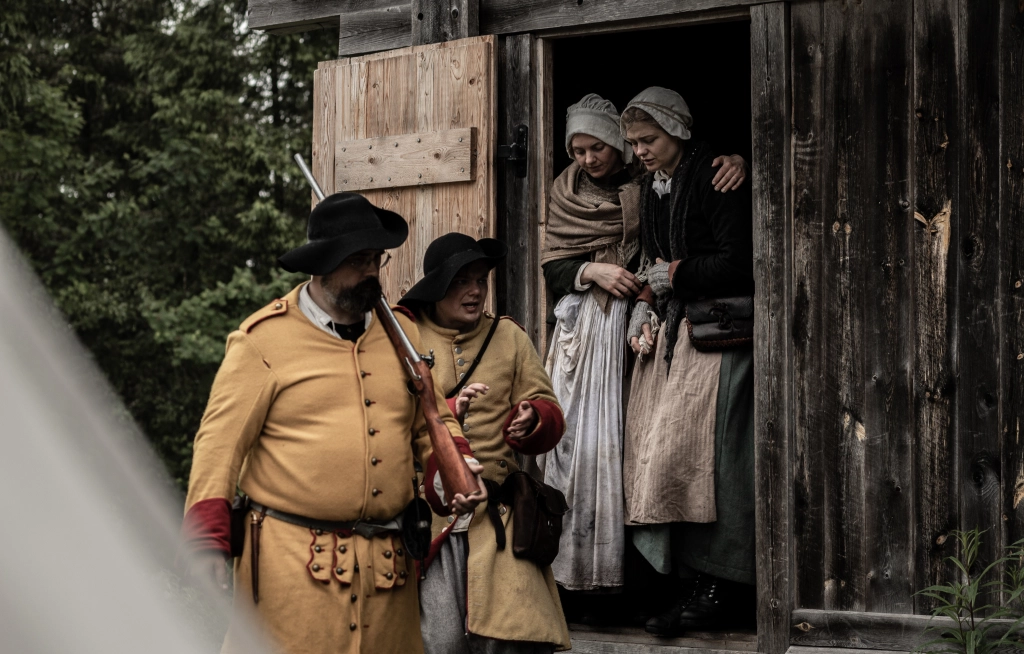
Snapphaneland
I’m back from waging guerrilla warfare from deep in the Swedish woods, desperately trying to keep Scania under the rightful Danish King and not the usurper Swedish crown…
-

Tears in the Rain
in
We should care about documenting our larps: and we should find a way to not only preserve that history, but to make it publicly available.
-

This Larp Sucked – and Everyone Should Get to Read About It
in
Larp needs more player feedback – and it doesn’t need to be art critique.
-
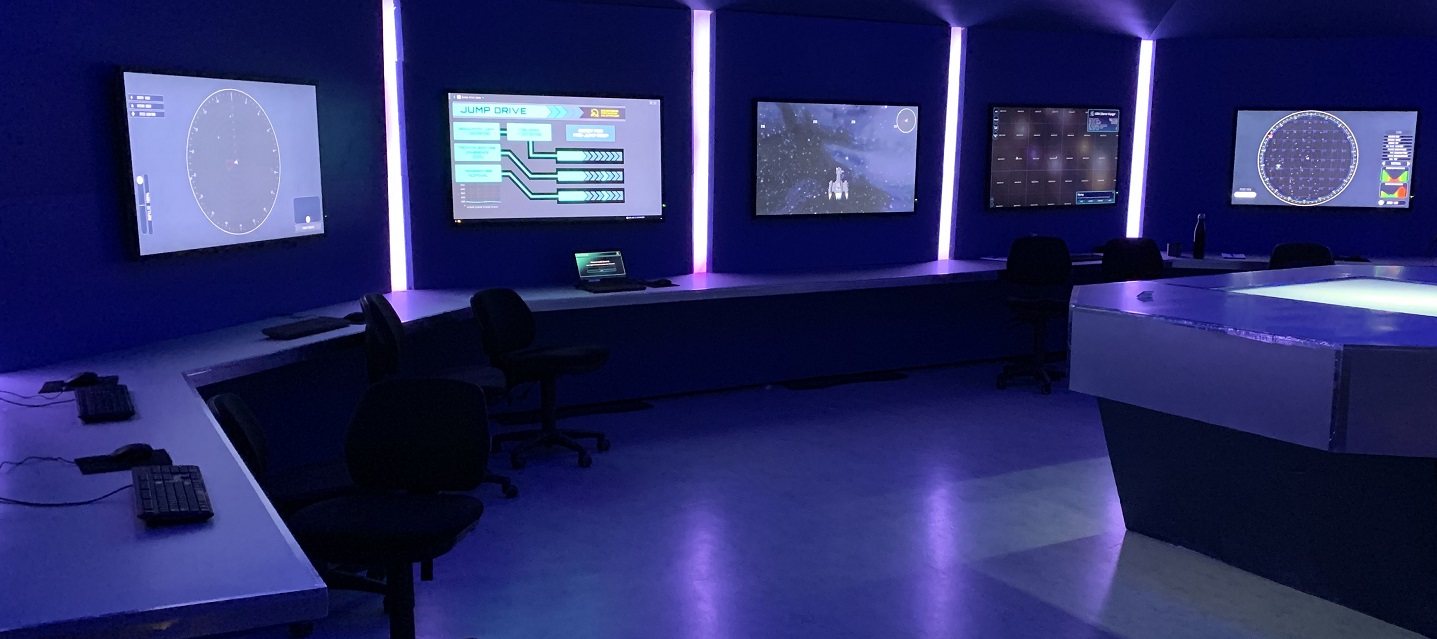
Odysseus A Retrospective (2019)
This article discusses the author’s experience of participating in the 2019 run of the Finnish larp Odysseus.
-
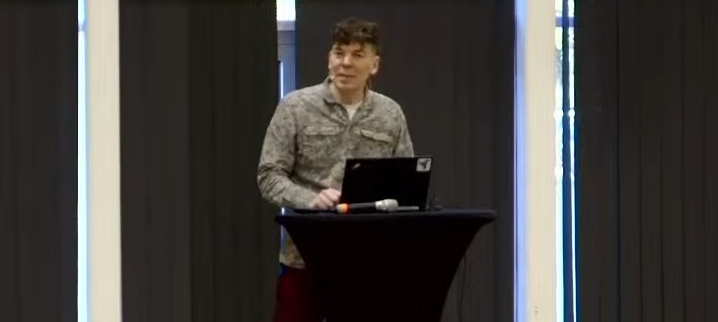
Jaakko Stenros: Retrospective: Documentation, Community, and Research
in
In the Knutepunkt scene there is a history of larp designers and producers giving retrospectives, where they discuss all of their work. In this talk, here presented in two parts, Dr Stenros takes that format and expands it to other aspects of the community. He gives an overview of the work he has done around
-

A Trip Beyond the House of Craving
Larp is sometimes thought of as a consensual hallucination, and this one was more hallucinogenic than most.
-
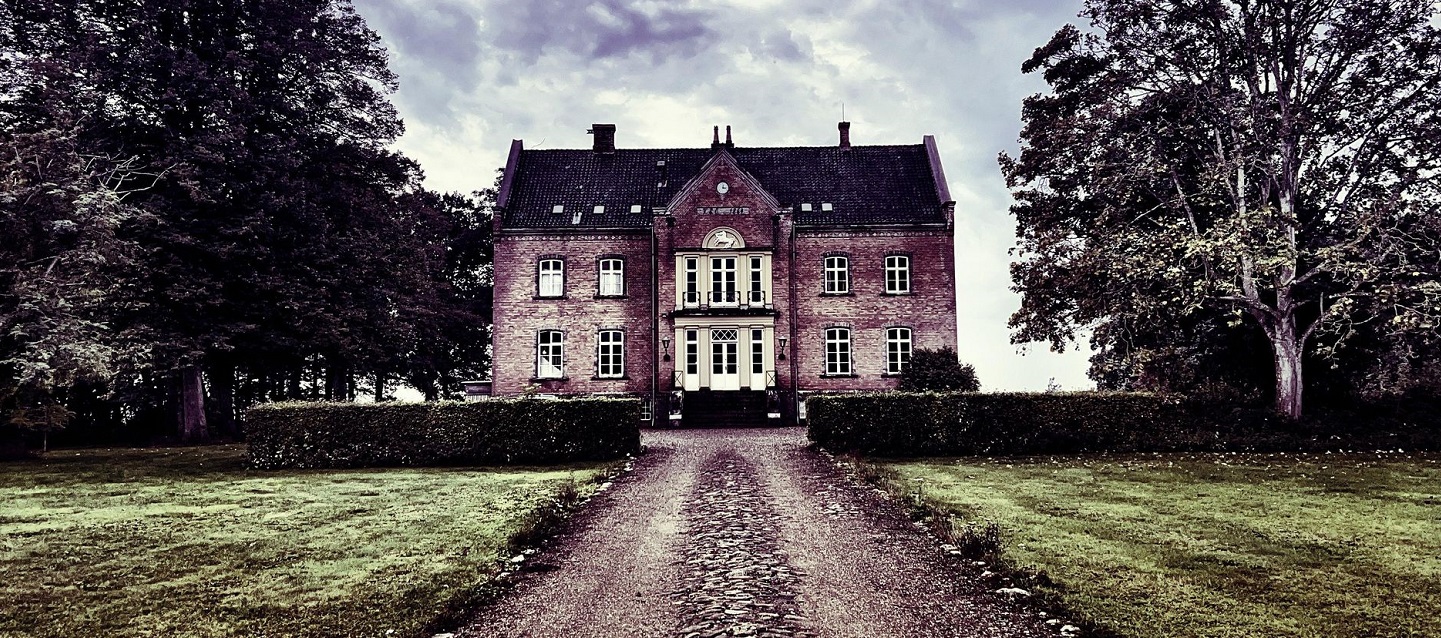
The Immortal Legacy
A documentation piece on the larp Gothic by Avalon Larp Studios. Based on true events featuring Romantic poets in a story of gothic horror.
-
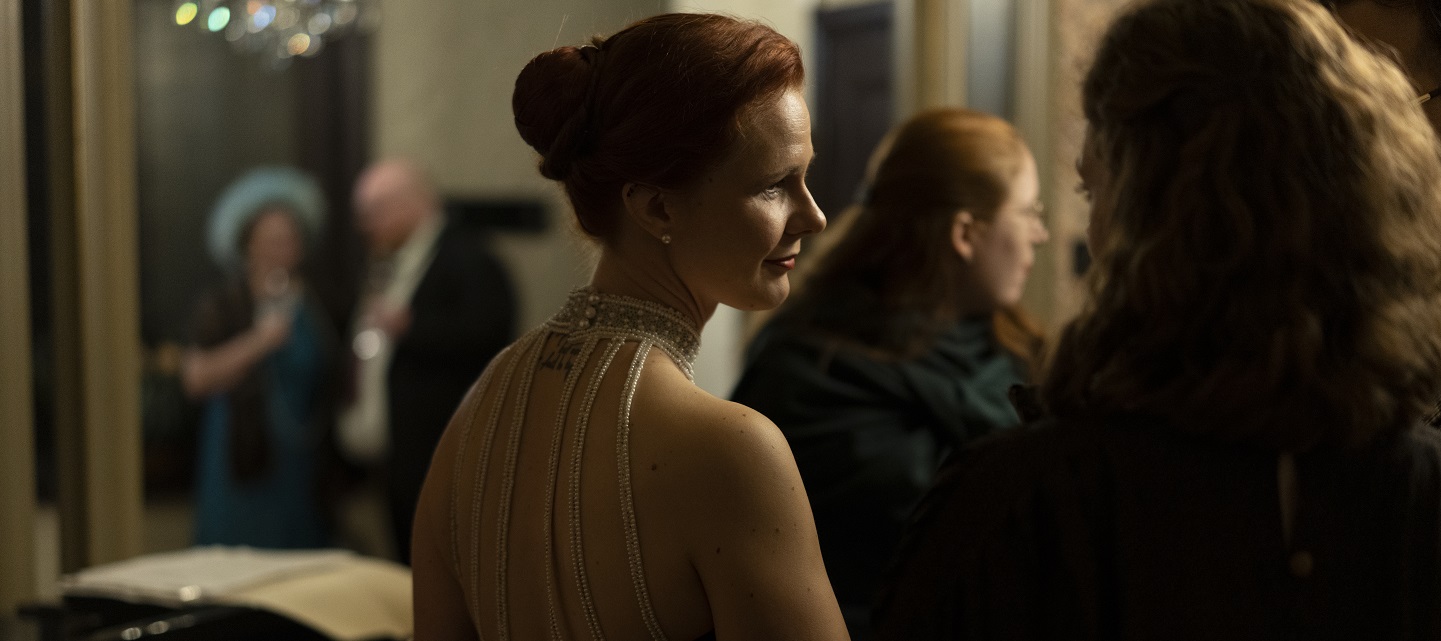
Culture, Community, and Layers of Reality: Playing Allegiance
A pervasive larp about the Cold War and the diplomacy needed to stave off nuclear Armageddon.
-

Documentation of Larp Design
Eight types of design-relevant larp documents with different purposes aimed at distinct audiences.
